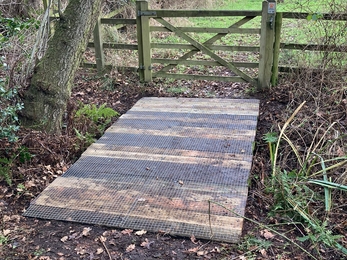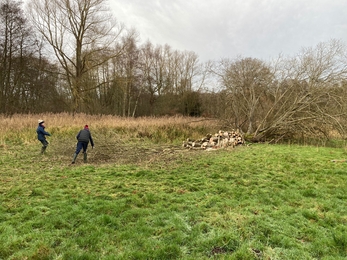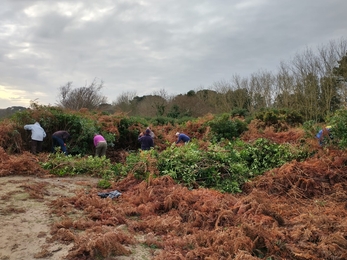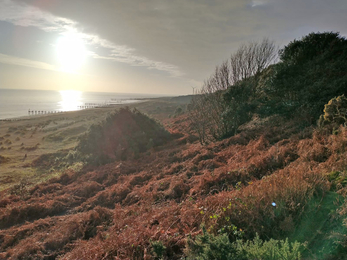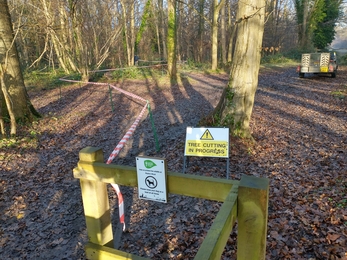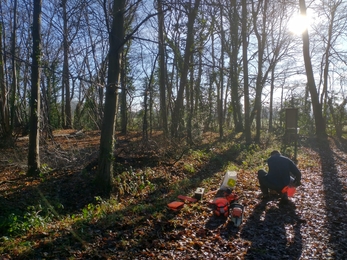Weekly wild news from our reserves – 14 January 2022
Sunrise at Church Farm - Jamie Smith
Sizewell Warden Carl was thrilled to spot a couple of firsts at the nature reserve this week. Firstly, this young eel popped out of a culvert pipe in the dyke and slipped away when the team returned it to the water. The sluice at Minsmere contains a dampened gate to allow free flow of elvers, which means this one is likely to have originated in the North Sea.
Later the same day the team spotted a great white egret, which is another new record for Sizewell Marshes.
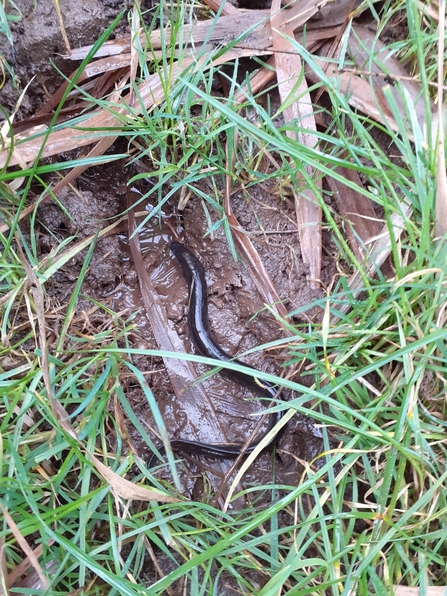
Eel at Sizewell Belts - Carl Ansell
Glossy ibis
Staff and visitors were extremely excited to spot this glossy ibis at Carlton Marshes this week. The glossy ibis has a distinctive curved down beak and long legs, and is a rare visitor to the UK.
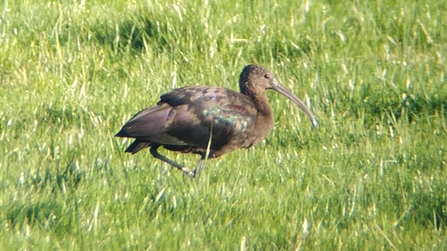
Glossy ibis at Carlton Marshes – Andrew Easton
Sunrise panorama
This serene scene was captured at Church Farm on one of the week’s frosty starts.
Reed-fen management
Rotational fen cutting with the Softrak started this week on White Cast Marsh at Carlton Marshes. Vegetation is cut and removed every 5-7 years to create a mosaic of fen structure across the marsh. The first year’s growth is sparse and this thinner reed is good for breeding water rail and bittern. As the reed-fen matures more new and old reed stems create thicker habitat which is preferred by bearded tit and warblers. Among the reeds grow a number of rare fen species including marsh pea.
Dipwell monitoring
A regular task for the team at Redgrave & Lopham Fen is monitoring and recording the groundwater levels. There are 56 piezometric dipwells across the reserve set in either peat, sands, gravel or the underlying chalk rock.
Dipwell levels have been monitored for many years starting before the restoration of the fen and the dipwells were vital to prove the case for the restoration project, identifying the extremely low water levels due to a nearby borehole abstracting large volumes of water every day. Today there is barely any need to control the restored water levels on the fen, the only thing we adjust is the river sluice level as needed.
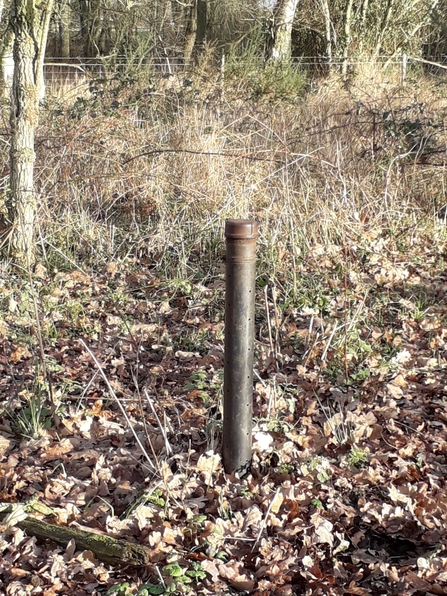
Dipwell monitoring – Debs Crawford
Bromeswell volunteer work party
Our amazing team of volunteers at Bromeswell Green had a varied work party this week, including willow coppicing and bridge repairs. It was a lovely sunny morning, and the team enjoyed a kestrel and buzzard calling in to see what we were up to.
New dyke in view
The habitat work to create a new dyke in front of Carlton Marshes Tower Hide is now complete. This new habitat will take a while to become established and will ultimately benefit water vole as well as giving views of egret and hopefully bittern.
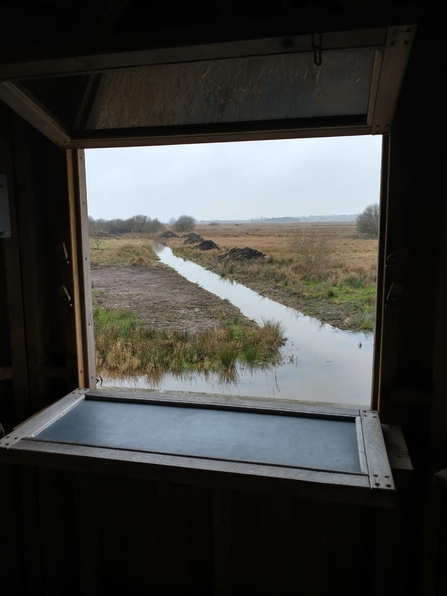
View of new dyke from Tower Hide – Lewis Yates
Rhododendron removal
Rhododendrons were introduced to Britain as a garden plant in the 18th Century. These non-native plants have become a problem on nature reserves as they are particularly good at spreading and being evergreen, they prevent other plants from growing. This is the case at Gunton Warren nature reserve, and this week our brilliant team of volunteers helped remove some of the invasive plants there.
Coppicing at Reydon Wood
The annual programme of coppice management started at Reydon Wood this week. If you plan to visit, please be aware that there may be path diversions and closures as the felling work is completed.





